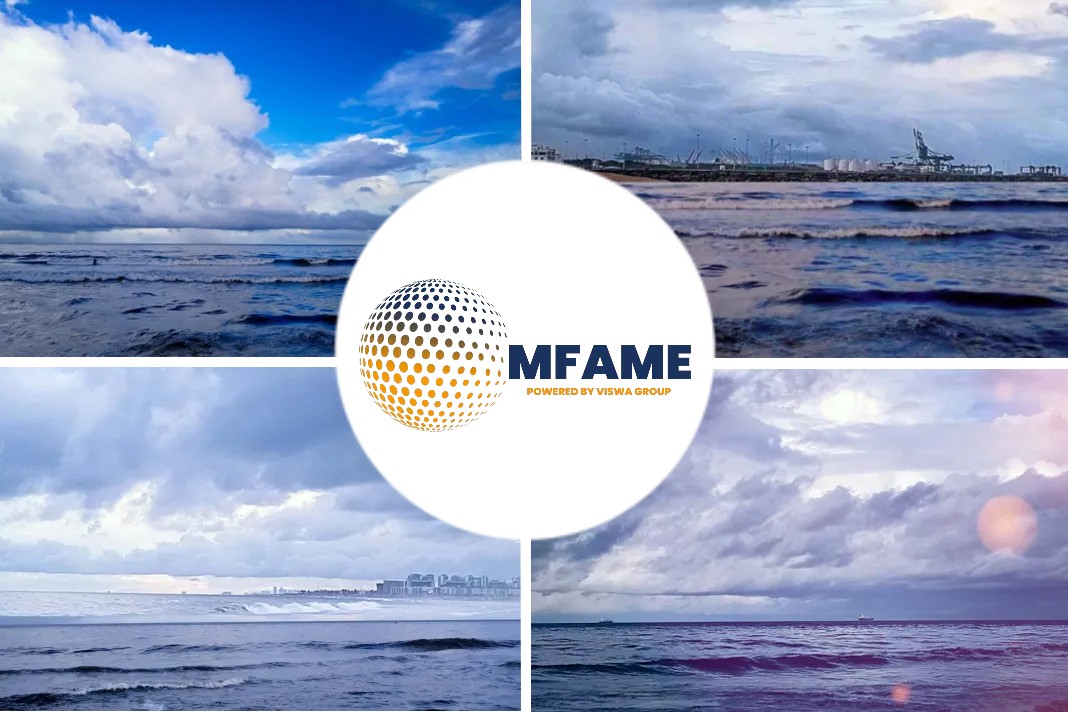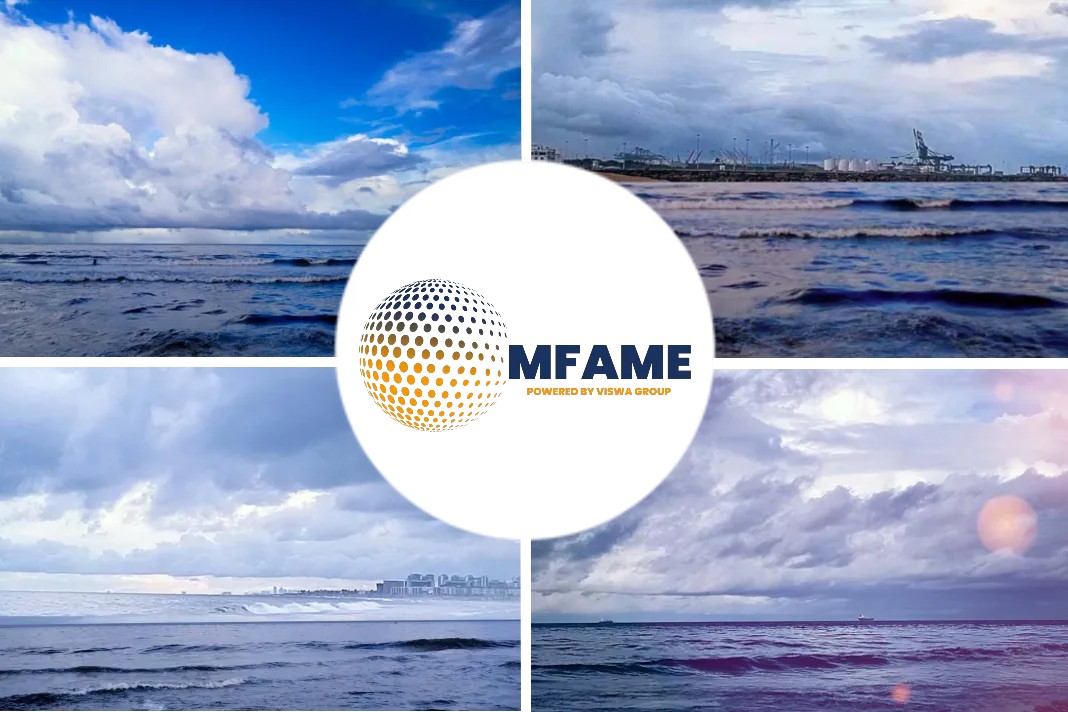According to a CNN report, robots can help address shipping’s biggest problem biofouling, making the maritime industry greener.
Biofouling Increases Emissions
When a ship sails through the sea, barnacles, mussels, algae, and other organisms stick to the hull of the vessel. This process is called biofouling — and it’s a big problem for the shipping industry.
Biofouling increases the drag of ships, so more energy is needed to power them, increasing fuel costs and multiplying their carbon emissions.
According to the International Maritime Organization (IMO), maritime transport is responsible for nearly 3% of global greenhouse gas emissions. If shipping were a country, it would be the sixth-largest polluter in the world.
Thinking Beyond Ship Coatings
20 new species found, and lost wildlife rediscovered, in the Bolivian Andes
The buildup of marine life can also lead to non-indigenous, invasive species being introduced to new environments.
This could cause irreversible damage as these species become dominant in their new habitat and disrupt the biodiversity — an issue the IMO calls “one of the greatest threats to the world’s freshwater, coastal and marine ecosystems.”
To combat biofouling, technologies such as special coatings on ships and cleaning led by teams of divers are commonplace. But Norwegian company Jotun has a different approach.
- The HullSkater, pictured here, is a robot that removes biofouling.
- Jotun has developed the HullSkater, a 200-kilogram (440-pound) magnetic crawling robot that removes the early stages of fouling.
- It’s remotely controlled by operators in Norway, who use a 4G connection and the robot’s four high-definition cameras to inspect the surface, before using its brush to remove initial signs of build-up.
Getting ahead of biofouling
By cleaning biofouling at an early stage, “we remove it before it becomes a problem,” explains Geir Axel Oftedahl, Jotun’s business development director.
Depending on the size of the ship, Oftedahl says inspecting and cleaning with the HullSkater takes around four hours and happens between eight and 16 times a year.
The robot is kept onboard the ship and can be deployed whenever the vessel is stationary and has a data connection, he adds.
Biofouling is the buildup of marine life, such as barnacles, mussels, algae, and other organisms. Here a “slime” is shown on the hull of this ship.
How does it work?
Jotun has also developed a special coating that is painted onto the ship to work with the HullSkater’s brush, says Oftedahl. This increases the effectiveness of the technology and reduces the risk of eroding too much of the ship’s surface during cleaning, which could leak chemicals into the sea, he says.
Jotun says it is the first company to combine a robot, management, and a coating — to ensure the hull is always clean.
According to Geoffrey Swain, director of the Center for Corrosion and Biofouling Control at the Florida Institute of Technology, there are challenges to managing anti-fouling technologies, as different movements and locations activate coatings in different ways. But he says robotics is the “best technology we have so far.”
Reduced costs and emissions
Swain says the concept of proactively cleaning hulls was first funded by the US Office of Naval Research in 2005, to add an extra strategy to anti-fouling coatings. However, he says coating management packages — such as the one offered by Jotun — are a new response to increased IMO biofouling regulations.
“If you take a ship to Australia or New Zealand, you’re inspected, so it’s better to be proactive,” Swain says. “It’s making ship owners, or even ship charterers now come in and start to really have to focus on how they manage the ship’s hull coating.”
According to the IMO, around 9% of the fuel consumed by a ship is due to biofouling. In 2018, it laid out a strategy to reduce the carbon intensity of international shipping, aiming to cut the industry’s carbon emissions by at least 40% by 2030, compared to 2008.
The HullSkater uses four high-definition cameras to inspect the surface, and its brush to remove initial signs of build-up.
The IMO estimates that biofouling management could result in a reduction of around 80 to 90 million metric tons of carbon dioxide emitted across the global fleet per year — the equivalent in CO2 emissions of some entire countries, including Greece or Nigeria, it says.
- The HullSkater, which took over four years to develop, was designed to help decarbonize the shipping industry.
- Jotun claims that every $1 invested in its technology — including the coating, robot, and offshore monitoring — will save more than $3 in fuel costs.
- So far, the company is on its way to commercializing its invention — manufacturing and supplying to 50 ships, says Oftedahl.
After unveiling the HullSkater at a virtual event in March, it signed its first commercial contract with Swiss-Italian container shipping line Mediterranean Shipping Company (MSC); later this year, the robot will be installed on one of MSC’s larger ships in China’s Guangzhou Shipyard.
“Clean hulls are only one piece of the jigsaw when it comes to delivering a more sustainable shipping industry,” says Giuseppe Gargiulo, assistant manager at MSC. “But a central piece nonetheless.”
Did you subscribe to our daily newsletter?
It’s Free! Click here to Subscribe!
Source: CNN



















